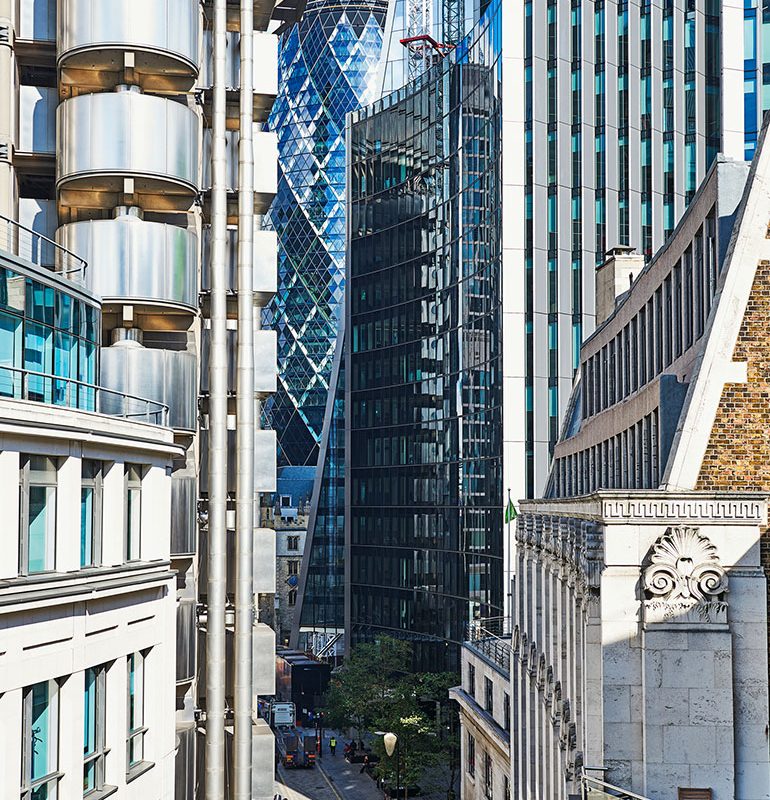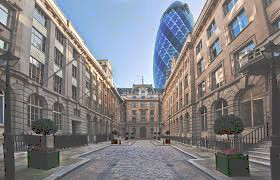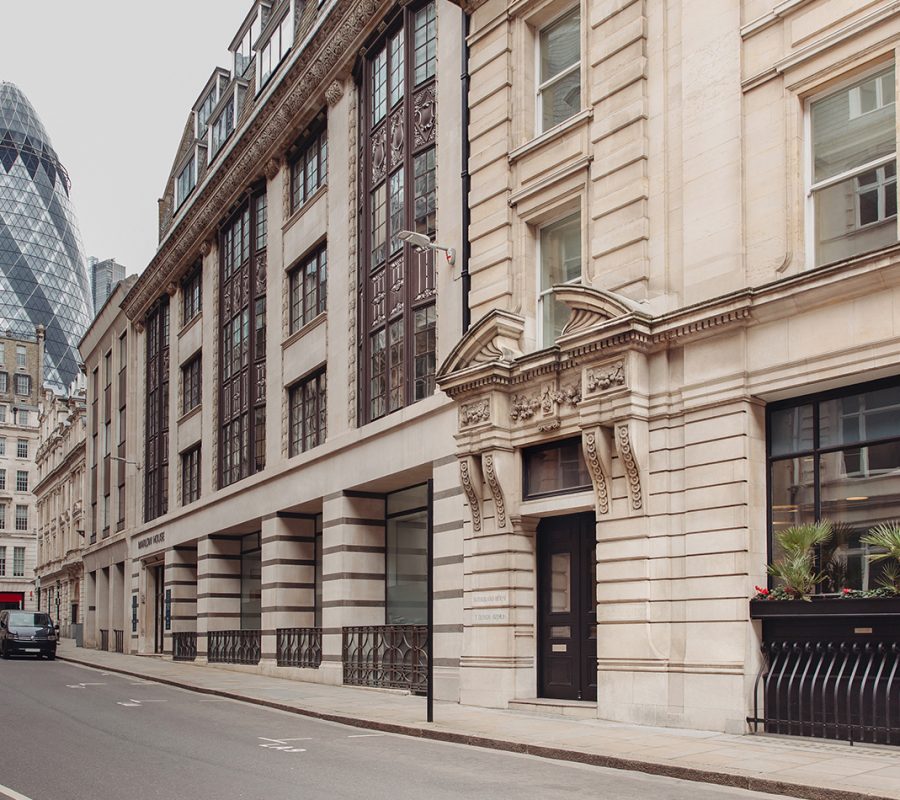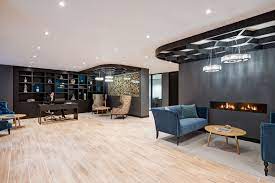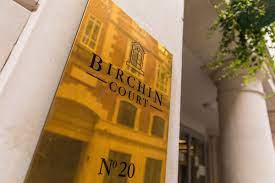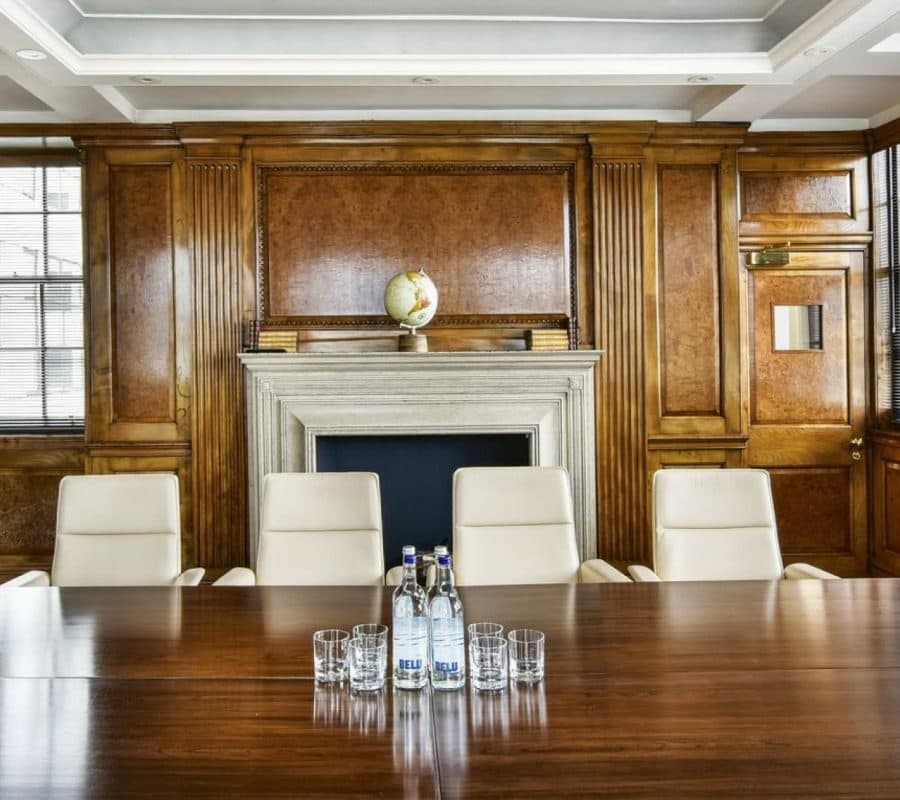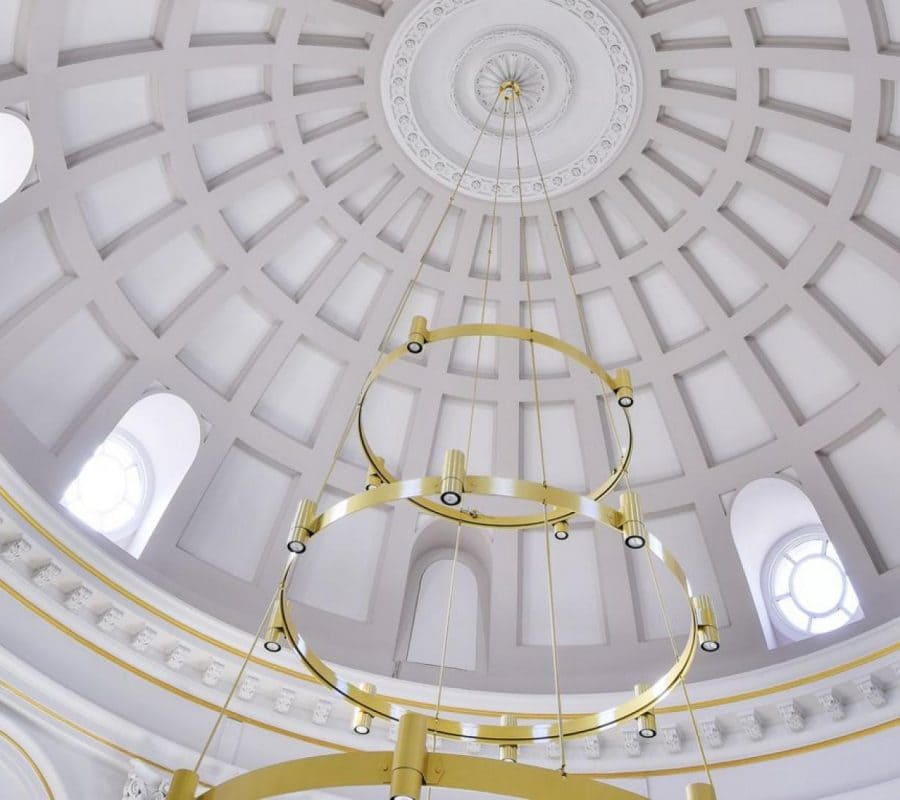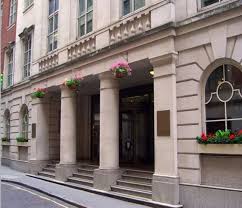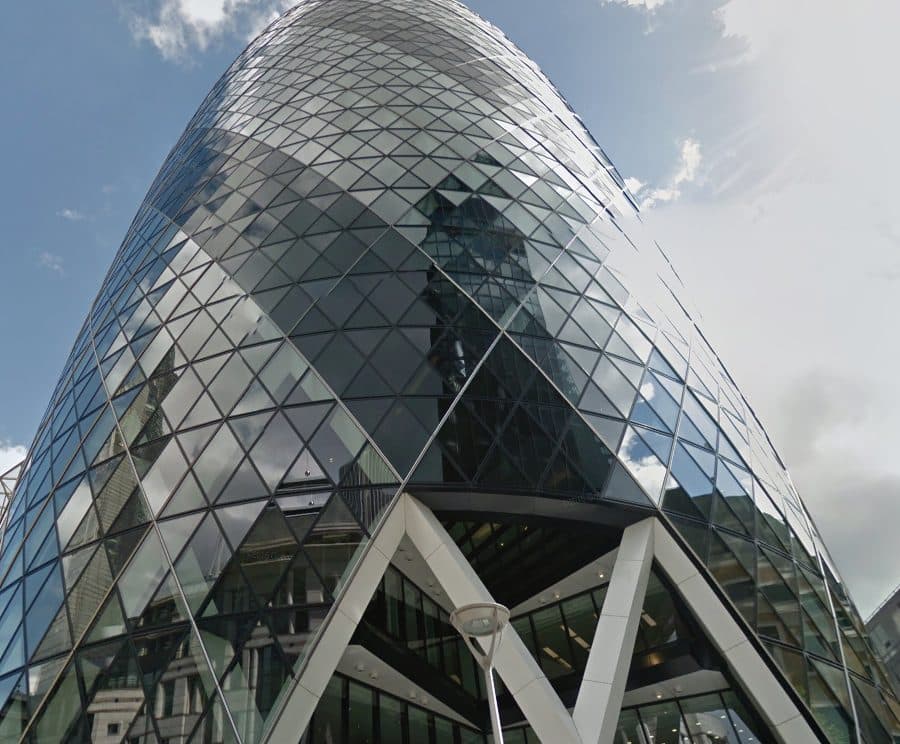Location:EC3
EC3 Office Space
Office space in the EC3 postcode district in London is as notable as the businesses and organisations that choose to occupy it.
The EC3 postcode, denoting ‘Eastern Central’ London, was implemented in the 1850s and is split into the subareas of EC3A, EC3M, EC3N, EC3P, EC3R, and EC3V. Minories and the Tower of London roughly bound it to the east, the River Thames to the south, London Bridge and Threadneedle Street to the west, and Houndsditch to the north.
It incorporates Aldgate, Billingstage, Cornhill, Eastcheap, Fenchurch Street, Gracechurch Street, Leadenhall Street, Lime Street, Lombard Street, Mincing Lane, Monument, Pudding Lane, and St Mary Axe, broadly covering the southeastern corner of the City of London. It also covers a small part of the London Borough of Tower Hamlets, including the Tower of London and Tower Hill.
The EC3 district is the home of London’s insurance district, which clusters around the distinctive Richard Rogers-designed Lloyd’s of London building, also known as the Inside-Out Building. It was built on the former site of East India House at No.1 Lime Street in 1986. Twenty-five years after its completion, in 2011, it received Grade I listing status—the youngest structure in the UK to obtain this accolade.
Its current building is the Lloyds of London insurance market’s eighth premises. The market was originally established by Edward Lloyd in the 17th century on the Thames, close to the ships it insured.
Edward Lloyd is believed to be a Welshman who moved to London in 1680. There, he set up the Lloyd’s List to register insured maritime assets. After moving from the Thames, he administered his list from coffee houses and established Lloyd’s Coffee House on Tower Street in 1688. At the end of 1691, he moved to No. 16 Lombard Street.
The Royal Exchange was then occupied by the Lloyd’s of London insurance market for nearly 150 years, between 1774 and 1928. However, when the building was destroyed by fire in 1838, it temporarily moved to South Sea House before returning to the rebuilt Royal Exchange in 1844.
In 1928, Lloyds moved out of the Royal Exchange and into the first building it owned, 12 Leadenhall Street. As business expanded, the market moved to a second new building on Lime Street in 1958 — the first of the buildings on Lime Street that it would occupy.
In 1956, Lloyd’s of London intended to buy a marble fireplace for its building from a demolished 18th-century country estate in Wiltshire. Instead, it bought the entire dining room that surrounded it. Today, it can be found on the 11th floor of its current building.
Steeped in history, whenever an underwritten ship was lost at sea, its Lutine Bell would toll once, giving brokers and underwriters a signal to end all reinsurance transactions. If news arrived of an overdue ship making it to port safely, the bell was tolled twice in celebration.
The last time the bell was rung was in December 2021, during a remembrance service for Richard Rogers.
To this day, entries to the Lloyd’s Loss Book are made by quill and ink.
Businesses associated with the insurance sector, including insurance firms, brokers, underwriters, law firms and financial institutions such as AIG, Aviva, AXA, BRIT Insurance, Clyde & Co LLP, DWF LLP, Hiscox, Latham & Watkins LLP, Markel, M+G Investments, Royal London, Zurich Insurance Group, and scores more choose to cluster in and rent office space in the EC3 district.
Many of these firms choose to occupy space within the office towers in the EC3 district. The vicinity is the home of the City of London’s principal tower cluster, resulting from the City of London Corporation’s planning policy to form a single location for high-rise office buildings so as not to block the sight of St Paul’s Cathedral.
These striking buildings have created the skyline of the City of London, and, like the Lloyds of London building, many have earned themselves monikers. For example, 70 St Mary Axe is known as The Can of Ham, the Leadenhall Building at 122 Leadenhall Street is known as The Cheesegrater, 30 St Mary Axe is known as The Gherkin, 52 Lime Street is known as The Scalpel and 20 Fenchurch Street is known as The Walkie Talkie.
These buildings offer best-in-class prime office space for rent and, due to their calibre, command some of the highest office rents in the City. Due to the district’s long-standing popularity, there are also many highly specified second-hand Grade A offices available to rent.
To meet the growing demand of modern business, flexible office space and workspace operators in EC3 offer agile alternatives to leased office space.
In contrast to conventional space, these flex space options, which include luxury private serviced offices and premium managed office spaces, are held on relatively short-term contracts but offer optional extensions.
With these, tenants can expand into larger suites as business needs dictate. Unlike traditional leases, the monthly fees cover rent, utilities, cleaning, furnishings, and other items such as reception, business support, and concierge services.
For added convenience, these Cat A plug-and-play, ready-fitted offices require little to no upfront capital expenditure for fit-out.
Occupiers of offices in the EC3 district are served by a plethora of amenities, including those at Leadenhall Market, which dates back to 1446 when it was known as Leaden Hall, created to sell leather and corn, and today offers an array of bars, cafes, restaurants and shops. The Royal Exchange also offers fare and goods from world-class operators, including Crockett & Jones, Hermés, Montblanc, Tiffany & Co., and Tumi.
EC3 also has a wide range of hotels, including the Four Seasons Hotel London at Ten Trinity Square. The district benefits from excellent transport links provided by Aldgate, Bank and Monument, Fenchurch Street, and Tower Gateway stations, which offer rail, underground, and DLR services.

